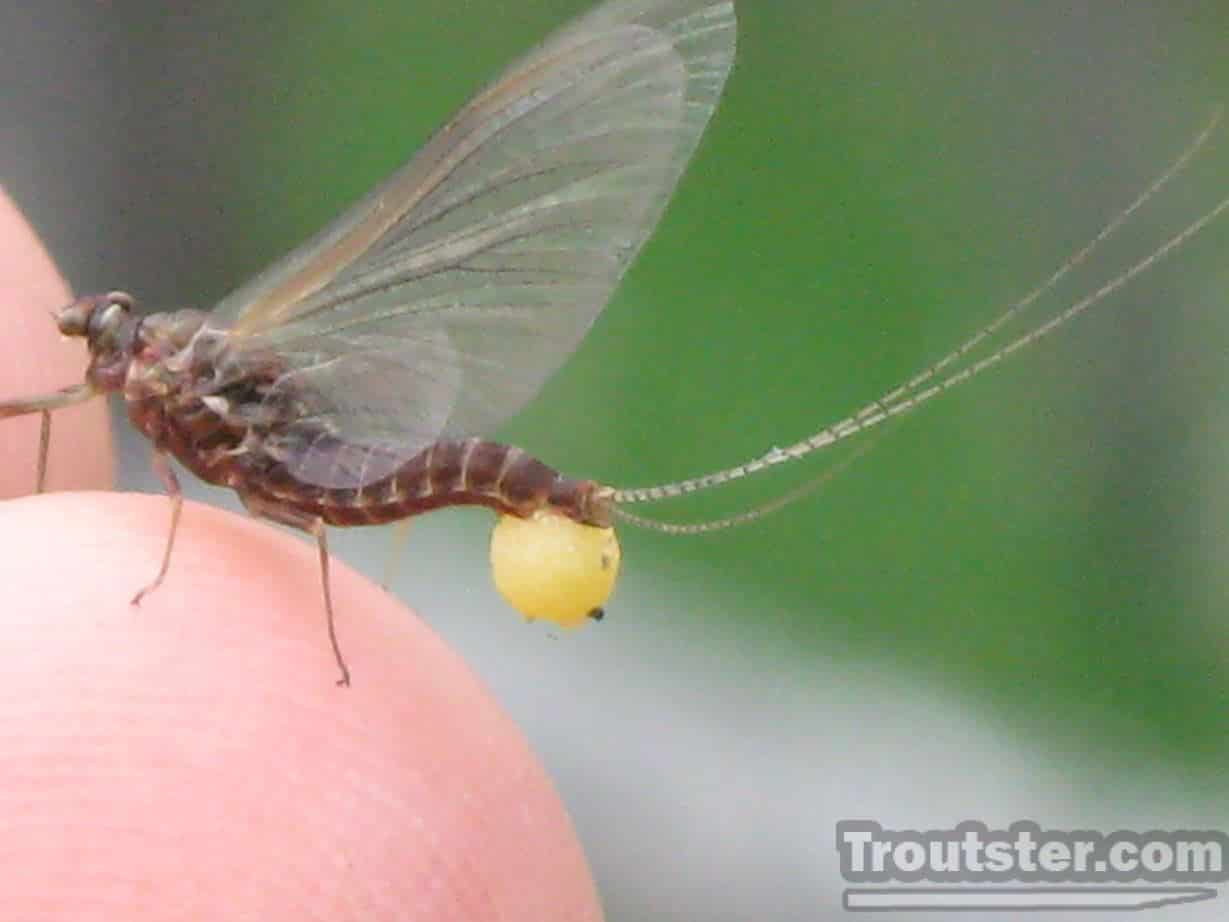dillon
Well-known member
YouTube
After twenty some years of tying small dry flies, I'm always looking for ways to get better. Each segment of the dun, tails, abdomen, thorax, wing, hackle and head must be perfect to be consistently eaten by large trout. The fish key on elements of the fly that can trigger either a take or refusal. The tails are important as they balance the fly as it floats. Splitting microfibbet tails, my tailing material of choice, has always been my bane. I often struggle and fuss way to long to get them right. Saturday, I will be tying at the Fly Tyer and Fly Fishing Expo, in Albany Oregon. So, last night I was practicing by making a size 16 Thorax PMD Dun, one of my favorite flies to tie and fish. The bump method for splitting tails has never consistently worked for me and it's hard for me to separate the fibbets with the tying thread. After struggling, then completing the first fly i wasn't happy with the amount of time spent nor the results. I thought to myself there must be a better way to do this and resorted to my friend, You Tube. The first video I found, the guy was going to use six fibers. I like to use two for this elegant pattern, so promptly stopped watching that one. In the column of videos on the right, i spied a rusty spinner with two perfectly split tails, click.
I watched, then tied my own. They came out perfect, quickly and simple. I was so stoked, I thought I'd pass it on. When attaching the thread to the hook leave about a six inch tag end, snap it off, and save it. After covering the shank of the hook with thread, tie in two tails, no thread bump. Then separate the tails a little bit with your fingers. Next, take the piece of thread you saved and fold it in half around the bend of the hook. Finally, hold the two ends together and pull the thread up and through the split tails. Secure the thread to the shank with your tying thread and you're done. Perfect split tails every time, quick and easy.
After twenty some years of tying small dry flies, I'm always looking for ways to get better. Each segment of the dun, tails, abdomen, thorax, wing, hackle and head must be perfect to be consistently eaten by large trout. The fish key on elements of the fly that can trigger either a take or refusal. The tails are important as they balance the fly as it floats. Splitting microfibbet tails, my tailing material of choice, has always been my bane. I often struggle and fuss way to long to get them right. Saturday, I will be tying at the Fly Tyer and Fly Fishing Expo, in Albany Oregon. So, last night I was practicing by making a size 16 Thorax PMD Dun, one of my favorite flies to tie and fish. The bump method for splitting tails has never consistently worked for me and it's hard for me to separate the fibbets with the tying thread. After struggling, then completing the first fly i wasn't happy with the amount of time spent nor the results. I thought to myself there must be a better way to do this and resorted to my friend, You Tube. The first video I found, the guy was going to use six fibers. I like to use two for this elegant pattern, so promptly stopped watching that one. In the column of videos on the right, i spied a rusty spinner with two perfectly split tails, click.
I watched, then tied my own. They came out perfect, quickly and simple. I was so stoked, I thought I'd pass it on. When attaching the thread to the hook leave about a six inch tag end, snap it off, and save it. After covering the shank of the hook with thread, tie in two tails, no thread bump. Then separate the tails a little bit with your fingers. Next, take the piece of thread you saved and fold it in half around the bend of the hook. Finally, hold the two ends together and pull the thread up and through the split tails. Secure the thread to the shank with your tying thread and you're done. Perfect split tails every time, quick and easy.







